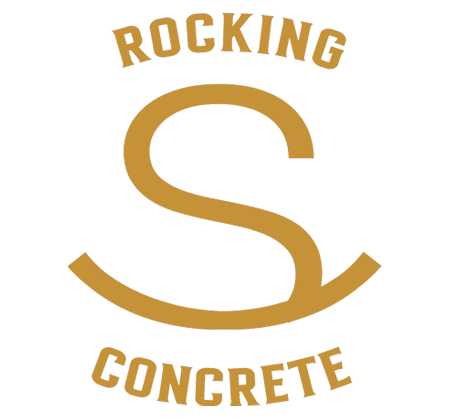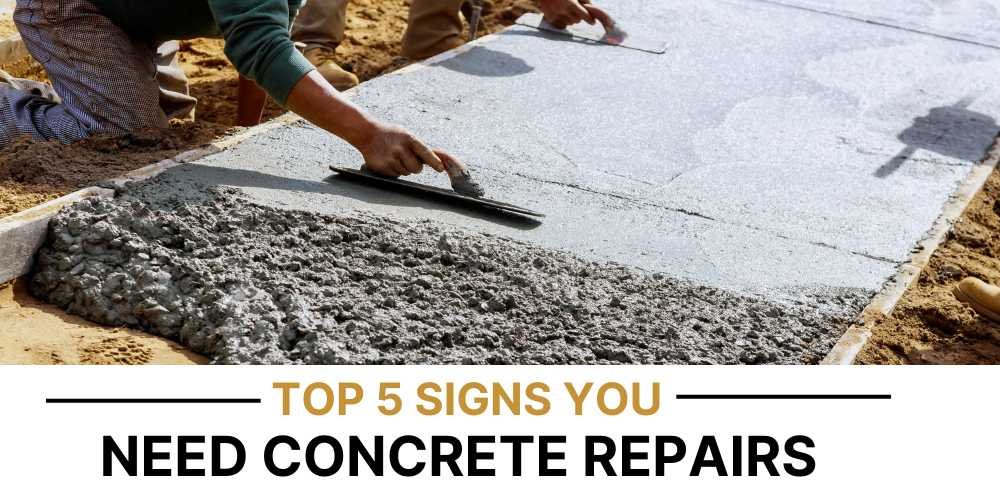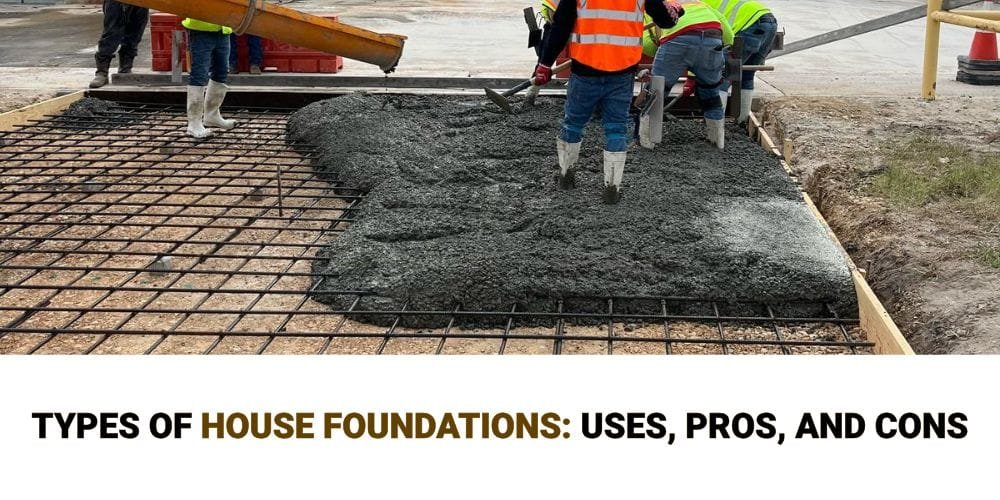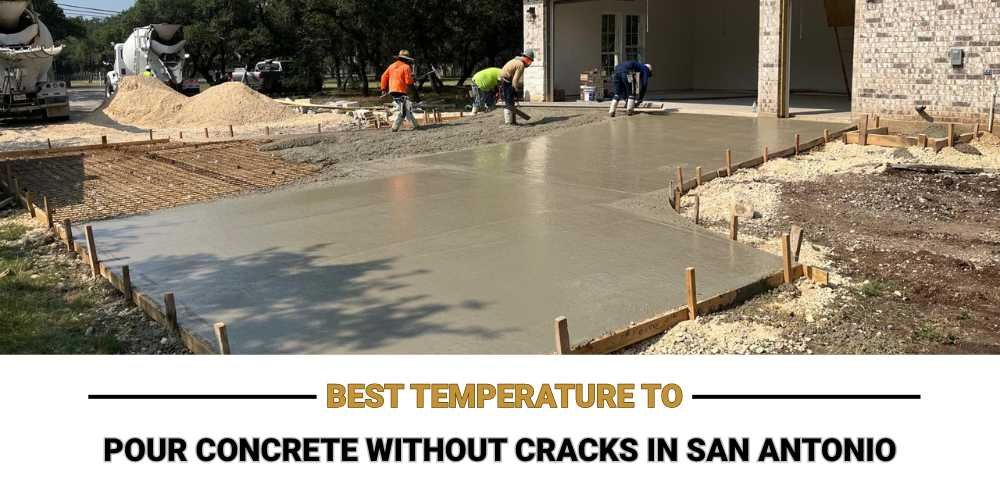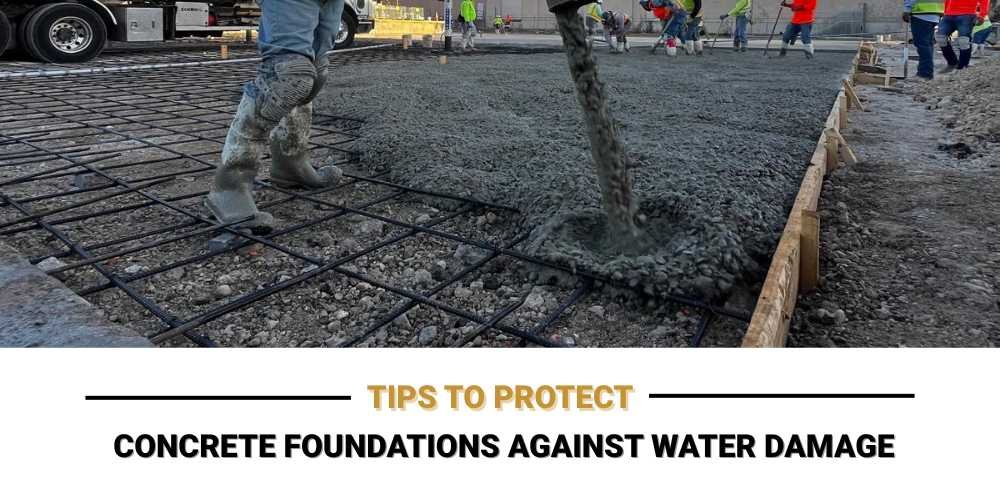Concrete is strong and vital to most structures but is not immune to wear and tear. With time, some visible damages develop from environmental factors, heavy usage, or poor concrete installation. Being alert to the early signs of deterioration helps you address issues before they worsen, saving you time and money. The following are the top five signs that your concrete needs repair to remain safe and functional.
Cracks In The Surface
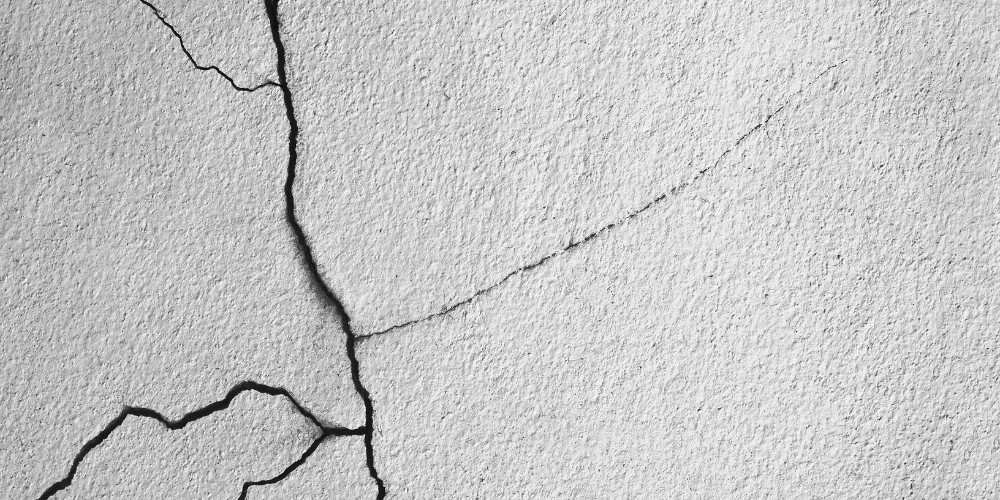
Some of the most apparent concrete damages are cracks, which must not be left that easily. Causes may be shrinkage, heavy loads, or extreme weather conditions. Small cracks widen and deepen in time, negatively impacting the surface’s structural integrity. In outdoor areas, for example, this may lead to water intrusion and further damage by freeze-thaw cycles.
Cracks may also cause uneven surfaces that may pose a hazard to the life of a pedestrian. When the cracks are noticed, it is essential to consider the size and spread of the cracks. This way, early repairs like filling and sealing can be done to prevent further issues and increase the life of your concrete.
Sunken Areas
Sunken areas in the concrete surface indicate a full-blown problem with the potential to rise from beneath. These depressions generally occur due to soil erosion, lousy compaction during installation, or water pooling underneath the surface. It is because, over time, the unequal weight distribution weakens the structure’s foundational parts, causing the concrete sections to sink.
These sunken areas not only give the structure a lousy look but might also lead to tripping accidents and poor water drainage. If not attended to in time, most problems worsen over time. It means that after some time, even more expensive repairs may be needed or, worst of all, complete replacement. It’s time for concrete crack repair for uneven surfaces and sinking concrete. Slab jacking or leveling are some expert solutions for returning stability.
Faded Or Stained Surfaces
Faded or stained concrete surfaces, in addition to being an aesthetic problem, may already signal other, more serious issues. Generally speaking, fading occurs when concrete surfaces are exposed to the sun for a reasonably extended period; sunlight destroys the surface finish, thus weakening the protective layer.
On the other hand, concrete stains may result from some other factors: oil spills and leakage of chemicals, water absorption, and others. These issues reduce the aesthetic value of your concrete and weaken its structure over time. Regular maintenance, such as cleaning and resealing, can cover fading and light stains. The more persistent or prolific discoloration will require professional intervention to restore integrity and appearance effectively to the surface.
Spalling Or Flaking
Spalling or flaking concrete is chipping, crumbling, or peeling away from the surface to expose a rough and uneven texture. It occurs due to freeze-thaw cycles, moisture infiltration, or poor quality in installation materials. If the spalling is widespread enough, it can severely impact the deterioration of the structure’s integrity and render the concrete more vulnerable to other types of further damage.
Moreover, spalling mars the appearance of driveways, sidewalks, and other concrete surfaces. If left unaddressed, spalling will spread and result in costly repairs or even replacement. Resurfacing or applying a protective sealant can renew the surface and protect it from further deterioration. Early attention to spalling will help to maintain both safety and durability.
Pooling Water
Any surface where standing water pools evidences improper grading of the concrete surfaces. Over some time, with sustained standing water absorbed into the surfaces of material, it potentially causes cracks to develop, possible erosion, and freeze-thaw deterioration during areas of colder temperature. This fact is particularly relevant in patios and all horizontal regions, which are more closely associated with protracted contact, thus accelerating its wear and reducing overall strength.
More importantly, standing water can encourage mold, mildew, and algae growth, making the surface slippery and hazardous. Finding the cause and taking necessary action is vital if water collects on your concrete. Professional solutions involve re-leveling, adding drainage systems, or applying a water-resistant sealant to help eliminate the problem and protect against further deterioration.
Causes And Symptoms Of Concrete Problems
- Moisture Infiltration: Most problems, such as cracks, spalling, and freeze-thaw damage are all because of water infiltration. Symptoms include apparent signs of water staining, tar growth, and surface flaking.
- Poor Installation: Poor mixing, compaction, or materials can create weak or uneven concrete. Symptoms may include early cracking, sinking, or uneven surfaces.
- Environmental Factors: The elements-such as being frozen or overexposed to heat-can eventually cause expansion or contraction, tending to stress concrete. Symptoms could be in the form of visible cracking, spalling, and discoloration.
- Heavy Loads or Traffic: Continual stress from wheels and heavy machinery can, over time, cause concrete deterioration. The symptoms include surface wear, cracks, and sinking.
When Should You Call A Professional?
Knowing when to call a professional for concrete repairs can save you time, money, and stress. If you notice significant cracks, sunken areas, or widespread spalling, it’s time to seek expert help. Continuous pooling water, deep stains, or fading that affect functionality indicate that professional intervention is required.
The most prevalent structural issues should not be fixed with amateur means; doing so incorrectly can further damage the concrete. Professionals can assess the problem’s severity and root causes and suggest practical solutions, including slab jacking, resurfacing application, and sealing. The sooner such issues are addressed, the safer and more durable your concrete will be, and it will also prevent further extensive and costly repairs.
